Seven Weather-Related Photography Tips
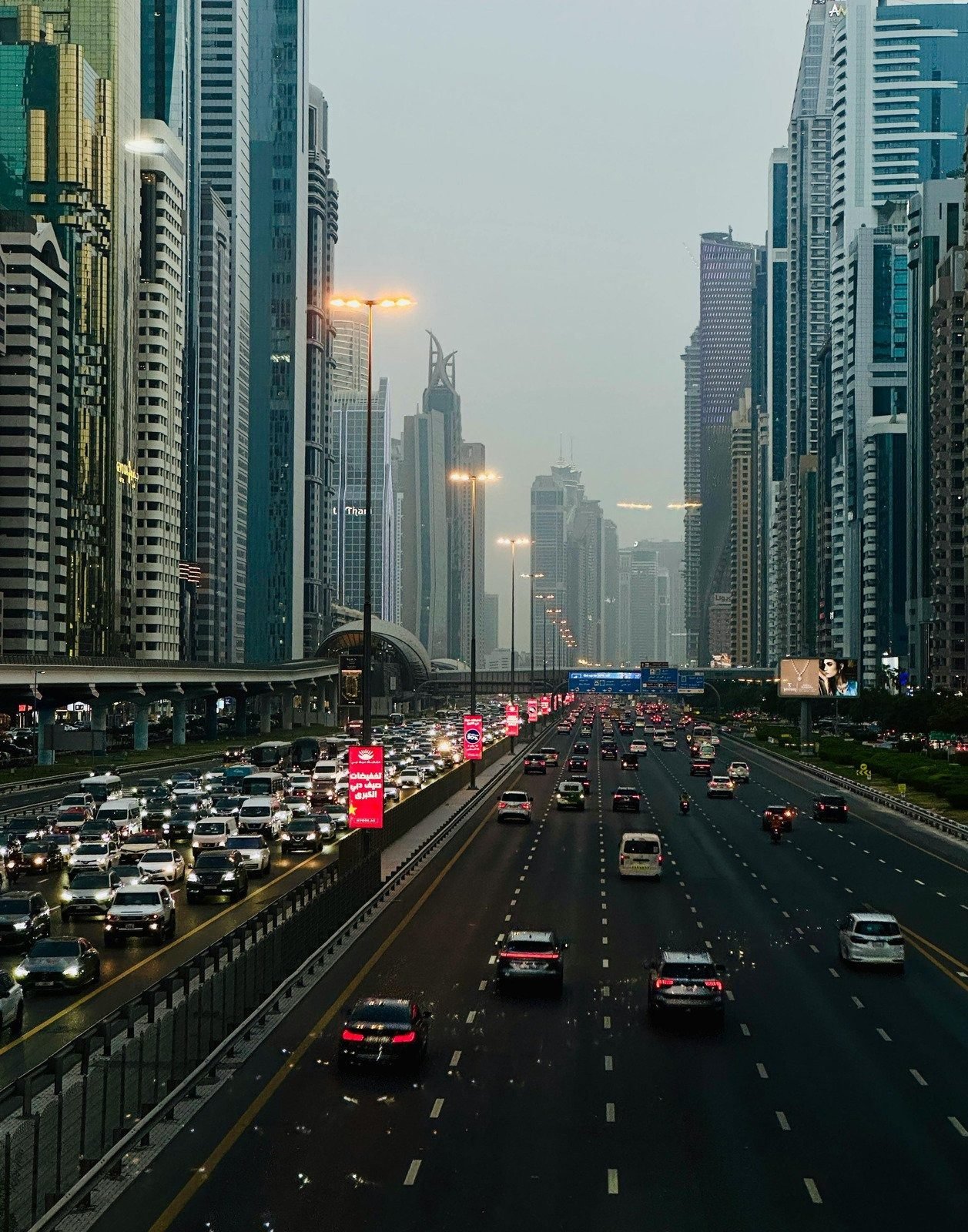
This week, we’re introducing a new series of weekly photography tips here on the Member Page! Usually, these will be exclusive for our Members, but I found our first submission particularly great and wanted to share it with everyone.
These tips below are referring to my favorite field-weather- and astronomy-related techniques. I am not only saying that; I really use them all the time to plan my landscape photography shoots and to get shots I wouldn’t get otherwise.
1. The Best Light Often Comes After the Storm
We are all used to chasing the golden hour, but some of the most intense lights show up in the very minutes just after a storm has passed. The sky is still unstable, with breaking clouds acting as a natural sun diffuser, thus making vivid colors and god rays. Don’t quit working immediately after the rain stops; the main event might be just getting started.
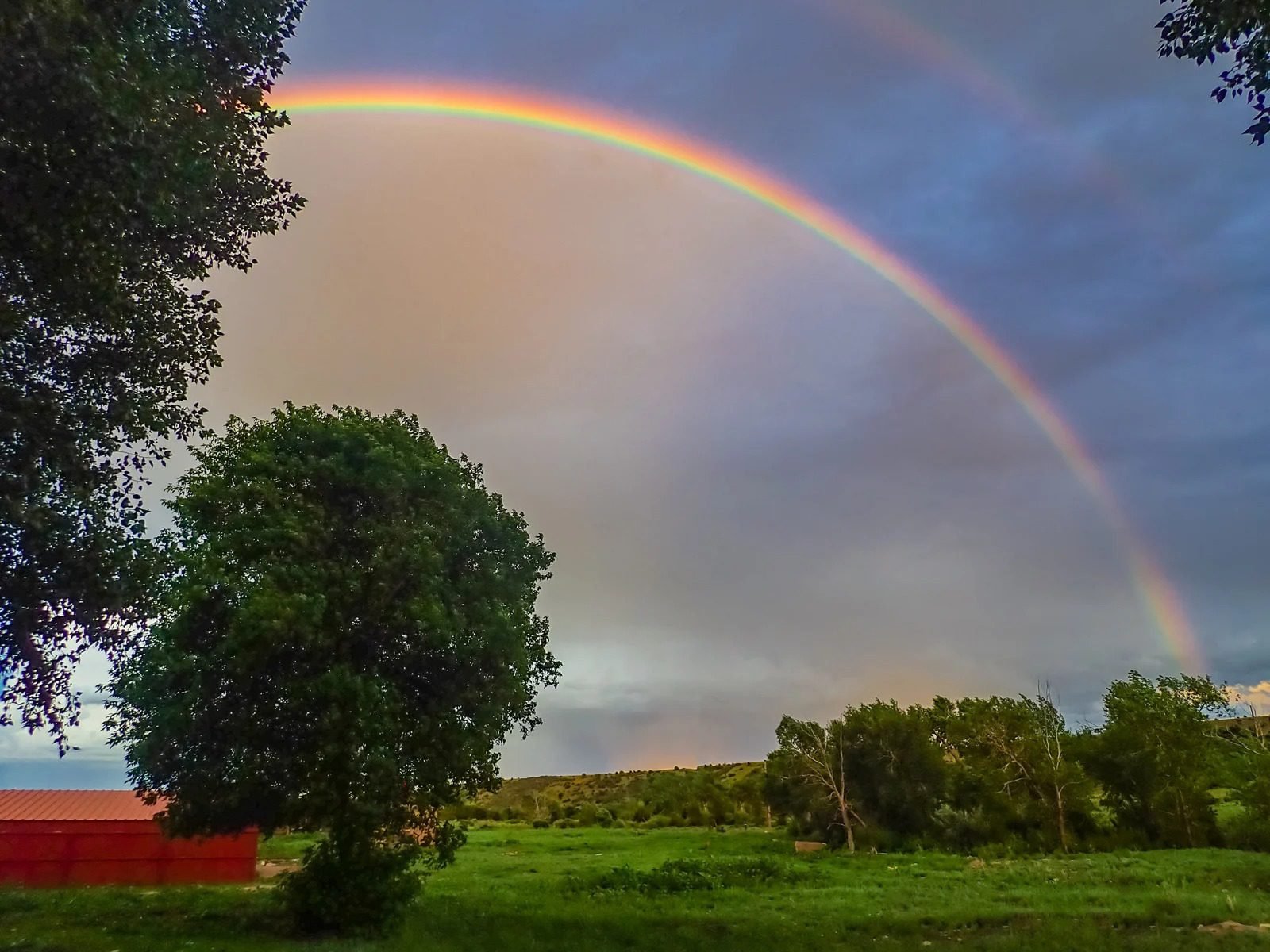
NIKON Z 8 + NIKKOR Z 24-70mm f/2.8 S @ 32mm, ISO 100, 1/15, f/11.
2. An Overcast Sky is a Giant Softbox
One might be disappointed with a cloudy day, but a solid overcast sky is a gift for many types of photography. It works as a large softbox, no big shadows, and beautiful even, diffused light. Portrait, macro, and forest photography are perfect matches where the photographer can get vibrant, saturated colors without the risk of the lights part getting blown out.
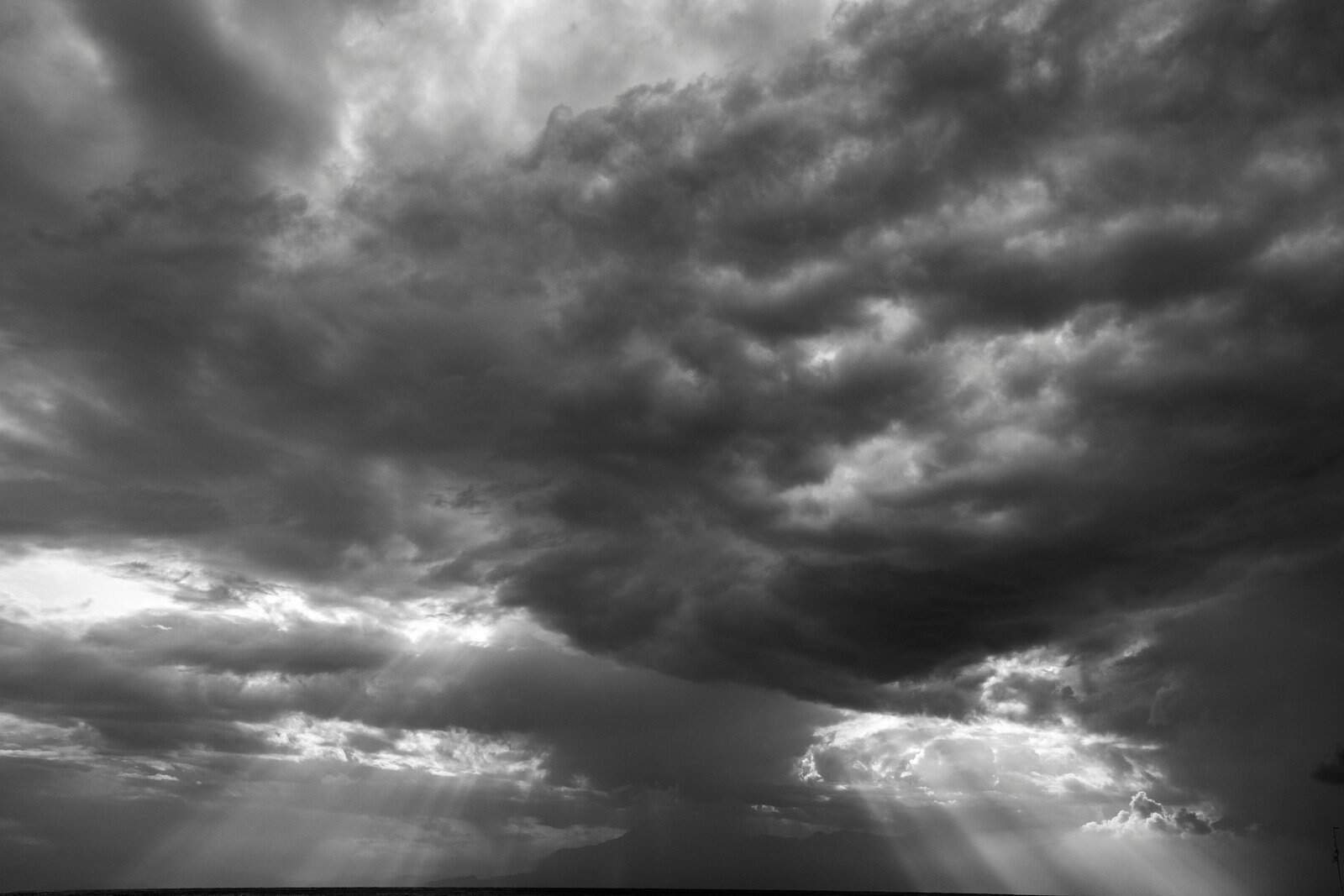
NIKON D850 + 105mm f/2.8 @ 105mm, ISO 200, 1/125, f/5.63.
3. Exposure Compensation to Fix Grey Snow
Snow is one of those scenes meters in cameras cannot handle properly because they “think” they have to show the world as of a neutral grey.
The outcome? Your lovely snowfield looks dull and muddy.
Though the solution is quite easy: just use +1 to +2 stops of exposure compensation.
What this does is it tells your camera to get more light, hence making snow bright and white just the way your eyes see it.
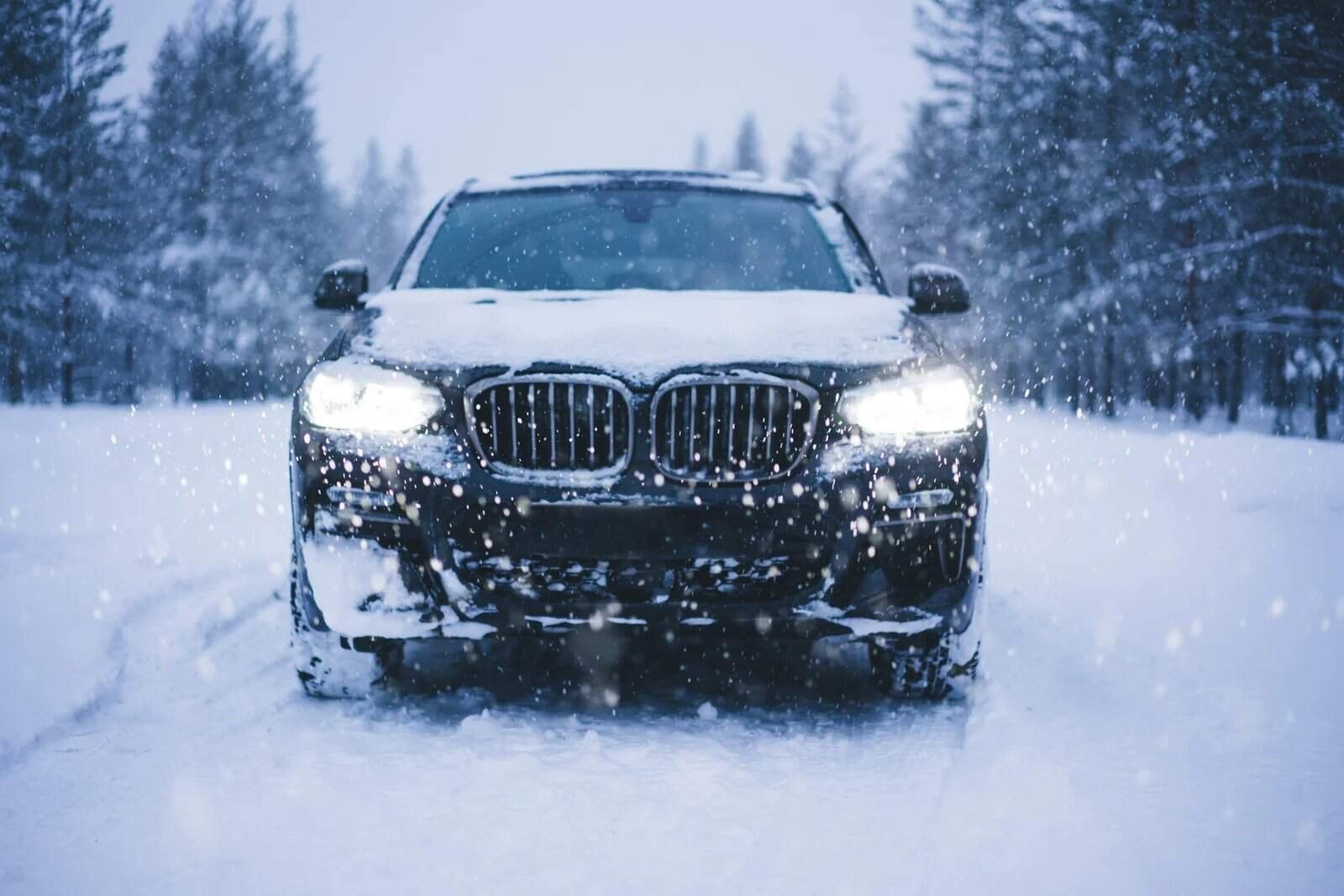
NIKON Z 7 + NIKKOR Z 70-200mm f/2.8 S @ 200mm, ISO 64, 1/500, f/8.04.
4. Fog Loves Valleys and Mornings
If you want to take atmospheric pictures of fog, I recommend you go out at sunrise, especially if you want to be in a valley or near a lake.
The moisture in the air condenses very close to the ground as the earth cools during the night. When the sun comes up and the air starts to warm up, this process of evaporation usually results in the perfect and very short fog banks, which in turn produces very graceful landscapes.
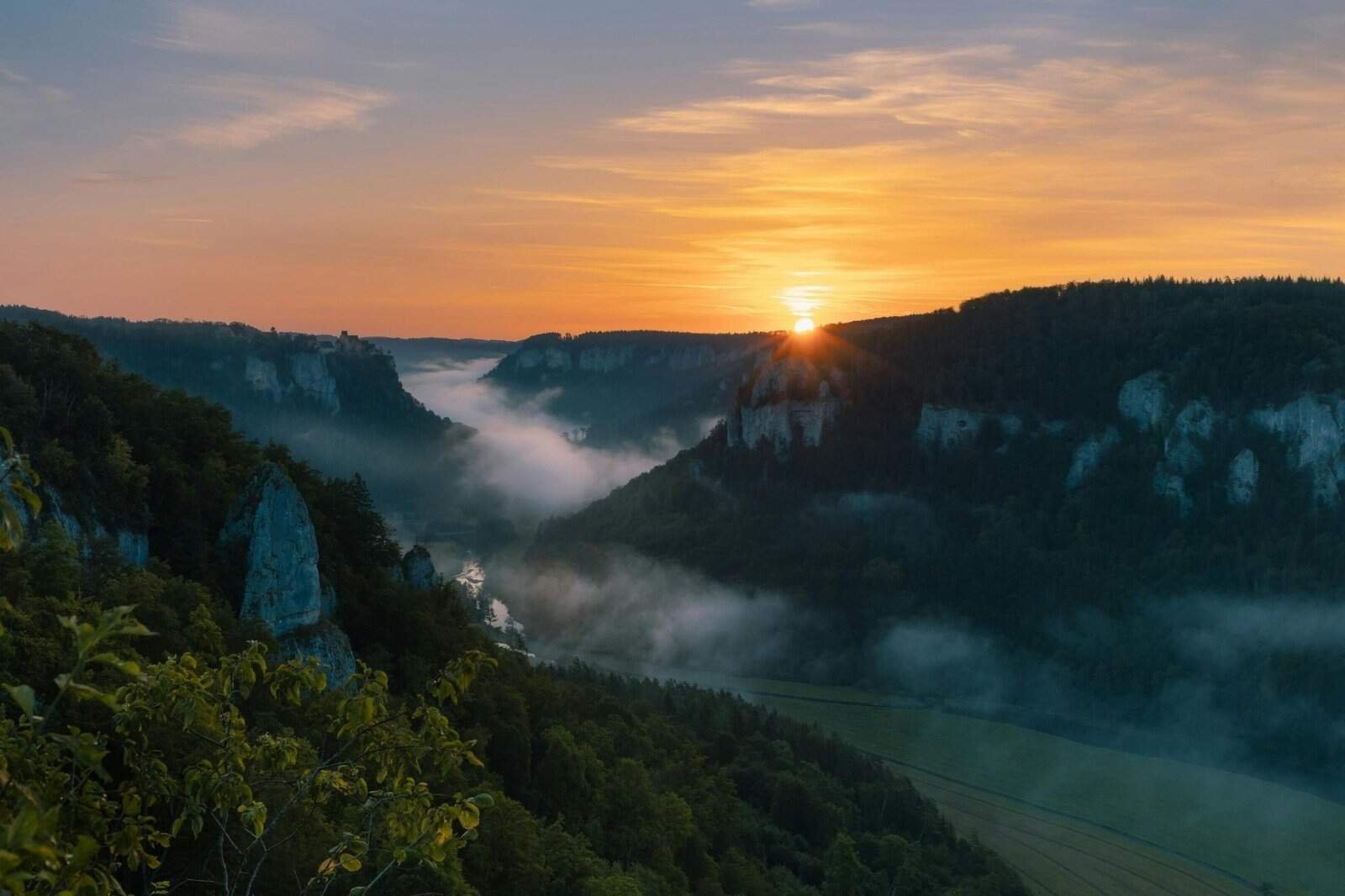
NIKON Z 6II + NIKKOR Z 20mm f/1.8 S @ 20mm, ISO 100, 1/60, f/5.65.
6. Wind is Your Friend or Your Enemy
A strong wind can be the power behind the destruction of the shot quality due to the shaking of the camera. To fix this, use a fast shutter speed (1/500s or higher) to capture a wind-blown leaf in a still position. Add weight to your tripod for extra stability.
Or, go for the wind effect! The use of a slow shutter speed can make the movement of the grass and leaves look like ravishing impressionistic streaks.
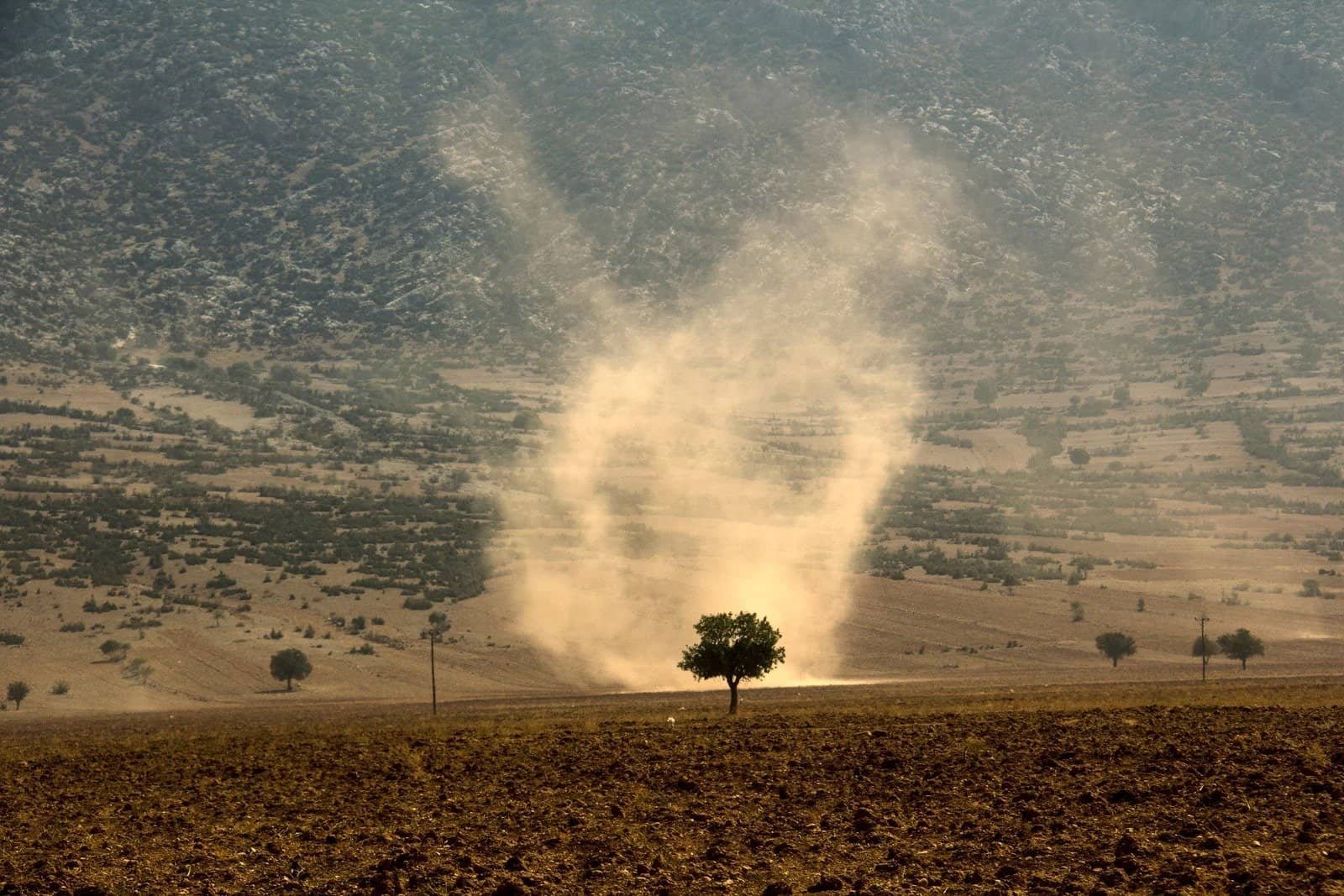
SONY A7R IV + FE 16-35mm f/2.8 GM @ 16mm, ISO 200, 1.3 seconds, f/11.07.
This Week’s Quote:
“There is no such thing as bad weather, only bad clothing.”
— Norwegian Proverb (and a mantra for photographers!)
This quote is a perfect illustration of photography. If properly equipped and with the right attitude, “bad” weather doesn’t become a hindrance anymore, rather it opens a window of new possibilities to create with. The fog, the snow, the rain, the wind. Some of my most iconic series were made in the mentioned adversities. So dress well, safeguard your gear, and snap some magic when the weather turns.
